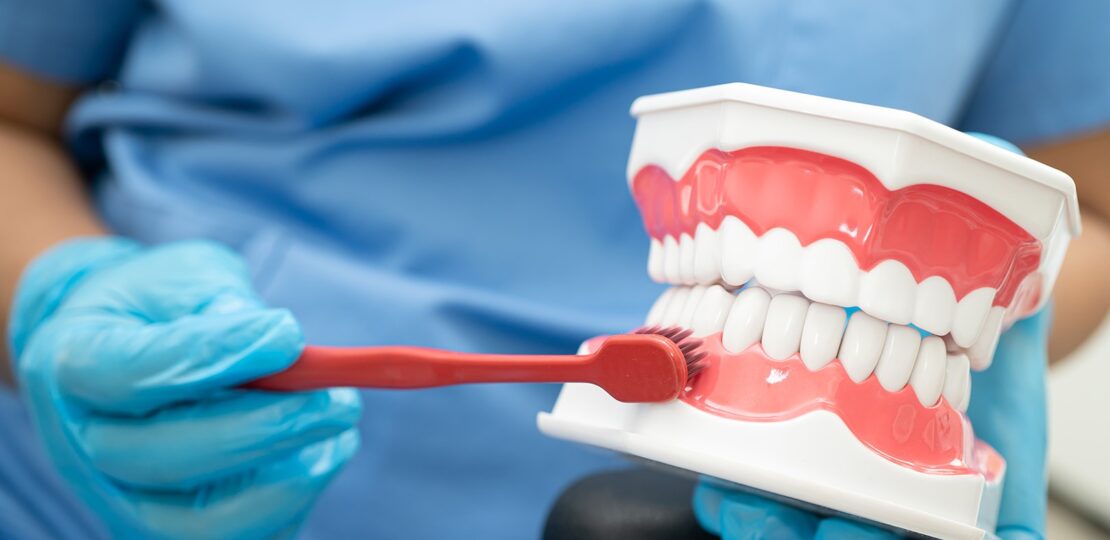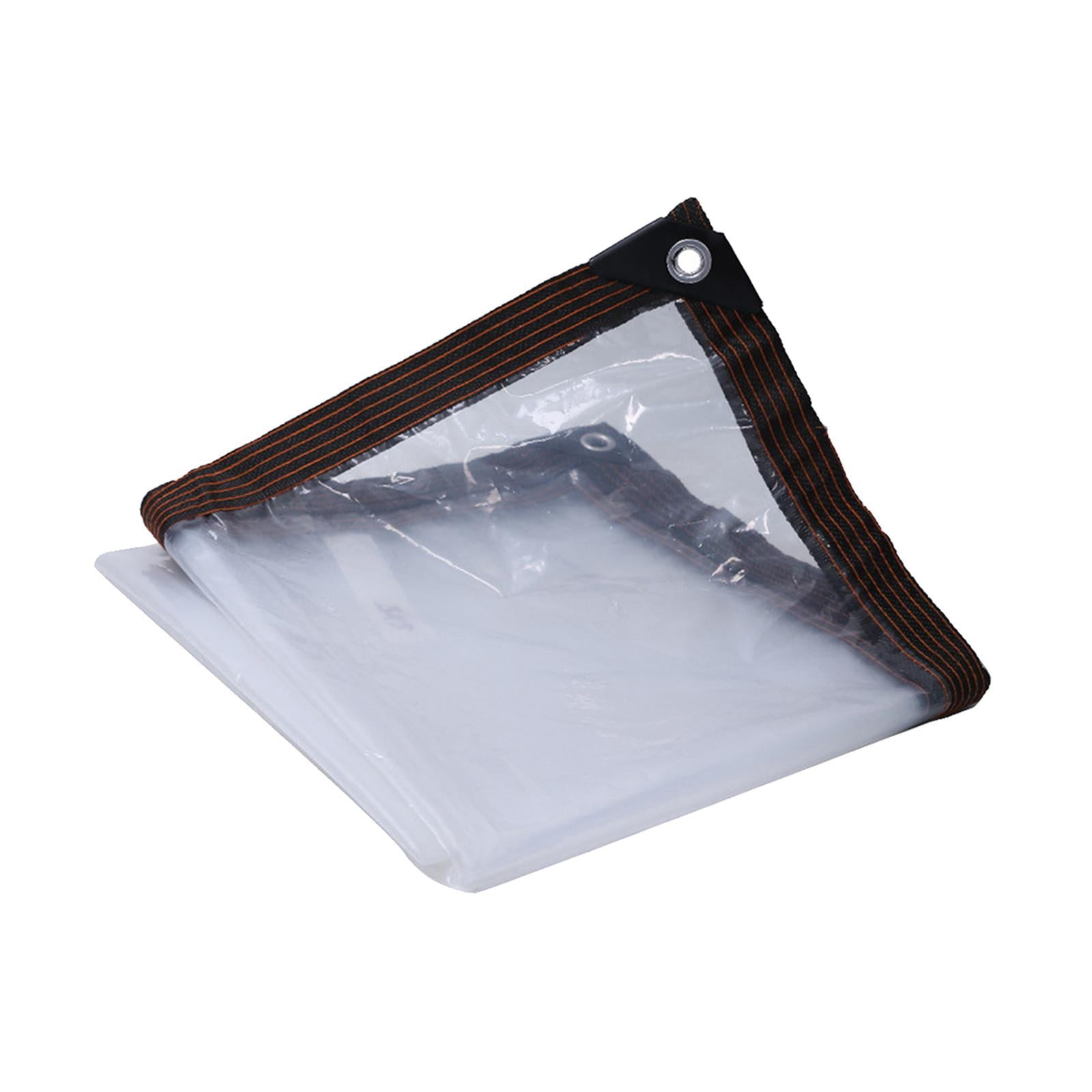How to Keep Your Gums Healthy for Life: Simple Daily Habits That Protect Your Smile
October 23, 2025 | by IoT Development Company

When most people think about a healthy smile, they picture bright, white teeth but the real foundation of oral health lies in the gums. Your gums do more than just frame your smile; they hold your teeth securely in place, protect the bone underneath, and act as a barrier against harmful bacteria.
Unfortunately, gum problems are incredibly common. Studies show that a majority of adults experience some form of gum disease from mild gingivitis (early inflammation and bleeding) to more serious periodontitis, which can lead to tooth loss if left untreated. The good news? Gum disease is largely preventable with the right care and attention.
Healthy gums don’t just mean a healthy mouth they also support your overall well-being. Research links gum inflammation to conditions like heart disease, diabetes, and even certain pregnancy complications. That’s why caring for your gums is just as important as caring for your teeth.
Why Gum Health Matters
Your gums play a vital role in your overall oral health they’re not just there to hold your teeth in place. Healthy gums act as a cushion and seal, protecting the sensitive roots of your teeth and the bone beneath them from bacteria and infection. When gum tissue becomes weak or inflamed, it’s like losing the foundation beneath a building even the strongest teeth can start to loosen and shift.
When gum health declines, a range of issues can follow, including:
- Bleeding or swollen gums: often the first sign of inflammation (gingivitis).
- Receding gums and sensitivity: as gums pull away from teeth, roots become exposed.
- Tooth mobility or loss: in advanced cases, gum infection damages the bone that anchors your teeth.
But the effects of gum disease go beyond your mouth. Research has shown strong links between gum inflammation and systemic health conditions such as heart disease, diabetes, respiratory illness, and even premature birth in pregnant women. The same bacteria that cause gum disease can enter the bloodstream, triggering inflammation throughout the body.
Simply put healthy gums don’t just support a beautiful smile; they contribute to a healthier body overall. Keeping your gums in top shape is one of the most important (and often overlooked) steps in preventive health care.

Understand the Early Signs of Gum Problems
The early stages of gum disease often go unnoticed because they’re usually painless. However, your gums may be sending subtle warning signals that shouldn’t be ignored. Spotting these signs early means the condition can be easily reversed with professional cleaning and improved oral hygiene.
Here are the key symptoms to watch for:
- Red, swollen, or tender gums: healthy gums should be pale pink and firm, not puffy or sore.
- Bleeding during brushing or flossing: occasional bleeding is common, but consistent bleeding is a red flag.
- Persistent bad breath or a bad taste in the mouth: bacteria trapped below the gumline can cause odor.
- Receding gums: teeth may start to look “longer” as gum tissue pulls back.
- Loose teeth or shifting bite: a sign that gum and bone support may be weakening.
If you notice any of these signs, don’t wait schedule a dental checkup right away. In the early stage (gingivitis), gum disease is completely reversible with professional cleaning and daily care. Once it progresses to periodontitis, treatment becomes more complex. The sooner you act, the easier it is to restore your gum health and protect your smile for the long term.
Brush the Right Way (and Often Enough)
Brushing isn’t just about keeping your breath fresh it’s your first line of defense against gum disease. When done correctly and consistently, brushing removes the sticky film of bacteria (plaque) that irritates gums and leads to inflammation.
Here’s how to make every brushing session count:
Brush twice daily for two full minutes
Morning brushing removes overnight bacteria, and evening brushing clears away food debris and plaque from the day.
Use a soft-bristled toothbrush and fluoride toothpaste
Soft bristles are gentle on gums yet effective at cleaning; hard bristles can wear down enamel and cause gum recession over time.
Angle the brush at 45° toward the gumline
This helps sweep away plaque hiding where teeth and gums meet the area most prone to irritation.
Brush gently, not aggressively
Think of it as massaging your gums rather than scrubbing them.
Replace your toothbrush every 3–4 months
Or sooner if the bristles fray worn-out brushes can’t clean effectively.
Consider an electric toothbrush
Many models have built-in timers and pressure sensors, making them especially helpful for thorough yet gentle cleaning. A consistent brushing routine keeps gums healthy, breath fresh, and your entire mouth free from harmful buildup.
Don’t Skip Flossing It’s Essential
Even the best brushing can’t reach the tight spaces between your teeth and that’s exactly where gum disease often begins. Flossing removes plaque and trapped food particles that your toothbrush simply can’t get to.
Here’s how to do it properly:
Floss once a day, every day
Consistency is more important than timing whether morning or night, make it part of your daily routine.
Use about 18 inches of floss
Wrap it around your middle fingers, leaving a few inches to work with.
Slide gently between teeth
Forming a C-shape around each tooth’s side. Glide up and down along the gumline don’t snap the floss, as that can hurt your gums.
Be gentle but thorough
You should feel a light resistance as you clean under the gumline, where plaque hides.

Try alternatives if traditional floss is tricky
Floss picks, water flossers, and interdental brushes are great options, especially for kids, braces wearers, or anyone with limited dexterity. Think of flossing as the finishing touch to brushing together, they remove nearly all the bacteria responsible for gum inflammation and bad breath.
Use Mouthwash Wisely
Mouthwash isn’t just for fresh breath it can be a powerful ally in keeping your gums healthy when used correctly. The right rinse can reach areas your toothbrush and floss might miss, helping reduce bacteria and plaque buildup.
Here’s how to get the most out of it:
Choose an antibacterial or fluoride mouthwash
Antibacterial rinses help control gum inflammation and reduce plaque, while fluoride rinses strengthen enamel and protect against decay.
Avoid overusing alcohol-based mouthwashes
These can dry out your mouth and irritate gums if used too frequently. If you prefer alcohol-free options, look for rinses labeled “gentle” or “for sensitive mouths.”
Swish for 30 seconds once or twice a day
The best time to rinse is after brushing and flossing this ensures your mouthwash can reach clean surfaces and be most effective.
Don’t eat or drink right after rinsing
Give your mouth at least 30 minutes to absorb the protective benefits of the rinse. When used wisely, mouthwash is the perfect finishing touch to your gum care routine helping your mouth feel fresher, cleaner, and better protected all day long.
Eat for Gum Health
What you eat doesn’t just affect your body it has a big impact on your gums too. A nutrient-rich diet supports healthy tissue, strengthens your immune system, and helps your mouth fight bacteria and inflammation.
Here’s what to include (and what to limit):
Vitamin C
Prevents bleeding and supports gum repair. Find it in citrus fruits, bell peppers, strawberries, and broccoli.
Calcium & Vitamin D
Strengthen teeth and the jawbone that supports them. Great sources include milk, yogurt, cheese, and leafy greens.
Antioxidants
Help fight inflammation and promote healing. Add berries, green tea, spinach, and nuts to your diet.
Omega-3 fatty acids
Found in fish like salmon and walnuts they have anti-inflammatory benefits for gum tissue.
Limit sugary snacks and drinks
Sugar feeds the bacteria that produce acids, leading to plaque buildup and gum irritation.
Stay hydrated
Water washes away food particles and helps saliva naturally protect your teeth and gums.
A healthy diet nourishes your gums from the inside out supporting strong teeth, resilient tissues, and a confident, healthy smile.
Special Care for Sensitive or Receding Gums
If your gums feel tender, bleed easily, or appear to be pulling away from your teeth, it’s important to take extra care. Gum sensitivity and recession are common, especially with age or aggressive brushing, but they can be managed and often improved with the right approach.
Here’s how to protect delicate gums:
Use a soft-bristled toothbrush and gentle pressure
Brushing too hard can wear away gum tissue and enamel. Let the bristles do the work.Try desensitizing toothpaste. Formulas designed for sensitive teeth can help reduce discomfort and protect exposed roots.
Avoid harsh whitening products
Some contain abrasive ingredients that can worsen sensitivity or irritation.
Maintain excellent oral hygiene
Even if your gums are sensitive, don’t skip brushing or flossing keeping the area clean prevents inflammation from getting worse.
See your dentist for evaluation
Treatments like scaling and root planing (deep cleaning) or laser therapy can remove bacteria beneath the gumline and promote healing.
Discuss possible causes
Gum recession can result from grinding, misalignment, or hormonal changes your dentist can recommend targeted solutions. With gentle care and professional guidance, sensitive or receding gums can stay healthy, comfortable, and strong for years to come.
Conclusion
Your gums are the quiet heroes of your smile supporting your teeth, protecting your mouth, and even contributing to your overall health. Strong gums don’t just happen overnight; they’re the result of consistent, mindful care.
To keep them healthy:
- Brush gently twice a day with a soft toothbrush.
- Floss daily to remove plaque where brushes can’t reach.
- Eat a balanced diet rich in vitamins and antioxidants.
- Rinse with mouthwash to reduce bacteria and strengthen enamel.
- Visit dentist regularly for professional cleanings and checkups.
A little daily effort goes a long way. By giving your gums the attention they deserve, you’re not just preserving your smile you’re protecting your long-term oral and overall health. Healthy gums don’t happen by chance they’re built by daily care and lifelong habits that protect your smile.
RELATED POSTS
View all



